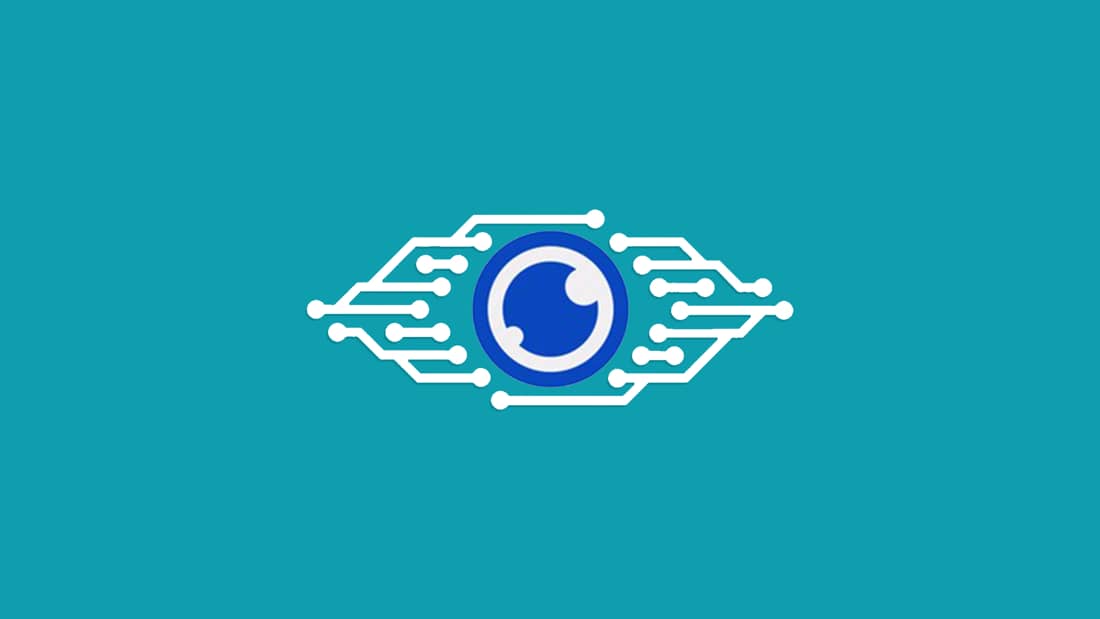Tensorflow for Practitioners with Python
Computers are getting smarter, and with AI pushed in to the pot, machine learning has become a prominent technological revolution that is changing how we run our devices. Devising algorithms for AI ar...
- All levels
- English

Course Description
Computers are getting smarter, and with AI pushed in to the pot, machine learning has become a prominent technological revolution that is changing how we run our devices. Devising algorithms for AI aren’t that easy, and require an extensive library to help them perform various tasks. TensorFlow is one such library, this open-source library is created for dataflow programming across a range of t...
Computers are getting smarter, and with AI pushed in to the pot, machine learning has become a prominent technological revolution that is changing how we run our devices. Devising algorithms for AI aren’t that easy, and require an extensive library to help them perform various tasks.
TensorFlow is one such library, this open-source library is created for dataflow programming across a range of tasks. It is also a symbolic math library that is commonly used for machine learning applications such as neural networks.
See more See lessWhat you’ll learn
- Introduction to TensorFlow
- What is TensorFlow &why should you use it?
- TensorFlow as an Interface and as an environment
- Installing Tensorflow and becoming familiar with the interface
- Running your first TensorFlow program
- Building actual Neural Networks using TensorFlow
- Deepening the Networks and integrating Deep Learning
- Transfer Learning using Keras and TFLearn
Curriculum
Frequently Asked Questions
This course includes
- Lectures 51
- Duration 3 Hour
- Language English
- Certificate No





